15 Movie Stars Who Secretly Hate the Industry

Hollywood glitters, but not everyone wants to bask in its glare. Some of our most famous faces have quietly, and sometimes loudly, recoiled from the machine that made them icons.
From toxic beauty standards to punishing publicity cycles, these stars reveal a side of showbiz the billboards won’t advertise. If you’ve ever wondered who loves acting but hates the industry, this list spills the tea—straight from the source.
1. Tom Holland
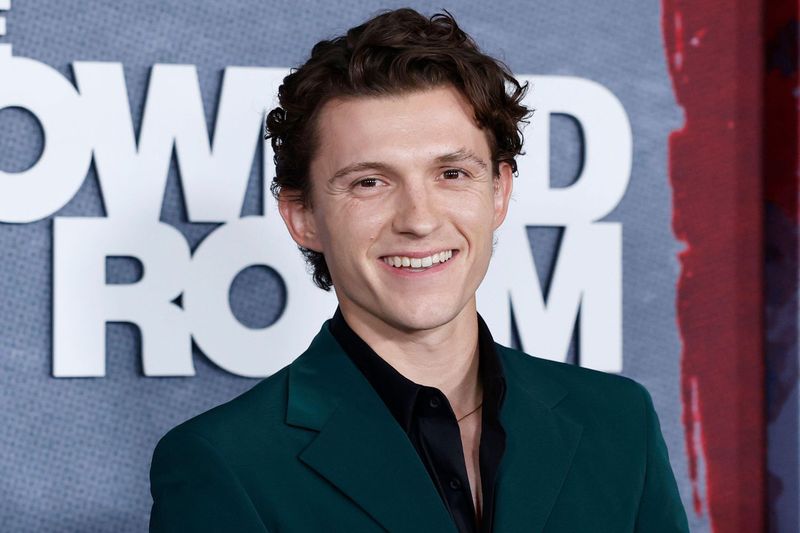
Fame hasn’t dimmed his alarm about the circus around it. He’s admitted the industry “scares” him, and he works to avoid the hype traps—endless award shows, party circuits, and red-carpet treadmill. The craft thrills him; the celebrity apparatus doesn’t. He’d rather protect his headspace than chase applause.
That restraint has added an intriguing dimension to his choices. Taking breaks, disappearing between projects, and spending time at home are deliberate counterprogramming moves. They help him preserve the joy of performing while dodging the identity melt that notoriety can bring. Distance, for him, equals durability.
It’s a modern survival strategy in a career infamous for burnout. He treats attention as hazardous material, handled with tongs and timing. By keeping the noise low, he keeps intention loud. The result is a star who acts like an indie, calibrating ambition against sanity.
2. Kristen Stewart
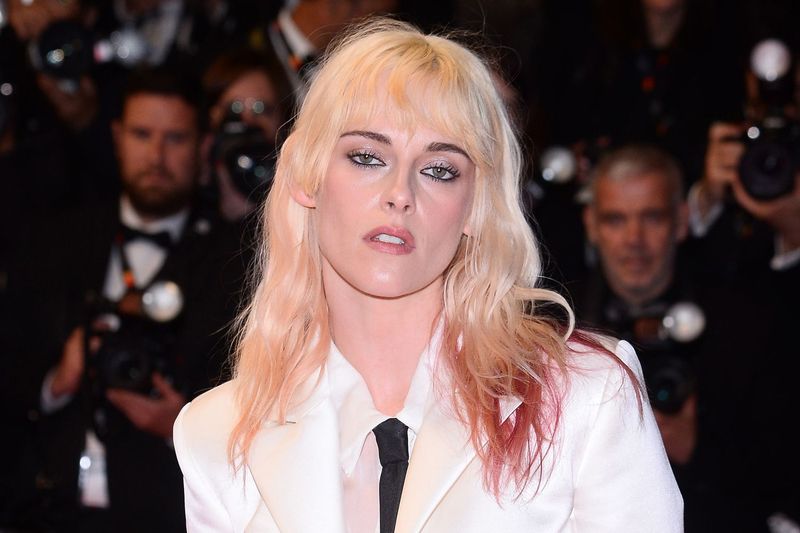
Calling Hollywood “disgustingly sexist” isn’t a headline grab; it’s her thesis. She’s been vocal about the phony self-congratulation that floats across red carpets every awards season. Beneath the speeches, she argues, the system still defaults to male narratives and keeps women in a tokenized orbit. Progress, she says, can feel like smoke and mirrors.
Her response has been to choose risky, off-center roles and collaborate with filmmakers who aren’t chasing approval. The approach asserts autonomy while dodging the industry’s performative allyship. She’s built a filmography that resists tidy boxes and press-kit platitudes, exchanging safety for sincerity.
That stance comes with friction, but she’s comfortable with discomfort. The persona is unvarnished, the interviews unscripted, the gaze unbothered by norm-policing. She’d rather be inconvenient than complicit, calling out the room while still reimagining what it could be.
3. Megan Fox

Few stars have described the machine as bluntly: “morally bankrupt.” She’s talked about actors being treated like commodities, something a studio owns from hairline to headline. Safety, dignity, and autonomy often feel like optional extras bolted on after profits. The candor cost her, but it also clarified the stakes.
Speaking up about exploitation before it was fashionable left her isolated. Yet that early whistleblowing now reads like prophecy, foreshadowing conversations the industry was desperate to avoid. By naming the rot, she refused to be packaged as a disposable product. The narrative evolved; her boundaries hardened.
Reclamation, for her, means picking projects with care and rewriting public perception, one interview at a time. The arc bends toward self-possession, not damage control. She’s proof that survival requires saying the quiet part loudly—and then walking away when it echoes.
4. Kate Winslet

Early career years left a mark she still discusses: “scared of Hollywood.” She recalls a world demanding thinness and perfection, where body-shaming wasn’t a flaw but a feature. The pressure to look a certain way consumed conversations that should’ve been about performance. She pushed back, refusing to let bullying dictate her choices.
Public advocacy became armor. Calling out toxic standards helped shift casting rooms and magazine covers alike, giving younger performers language to resist. Her resilience reframed success as endurance without surrender. Awards followed, but so did boundaries—firm, visible, unapologetic.
These days, she weaponizes experience into mentorship, challenging stylists, studios, and retouching norms. The stance isn’t nostalgia; it’s a corrective. By naming the harm, she models a different professional metabolism: humane, defiant, and rooted in craft over cosmetics.
5. Robert Pattinson
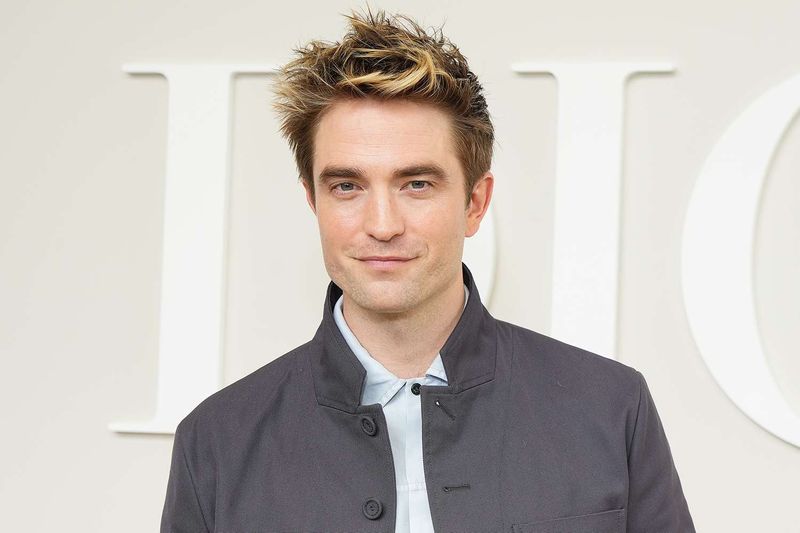
At one point he was “almost turned off” acting entirely. Fame arrived fast, with expectations even faster, and body standards fastest of all. He joked about trying every fad, including an all-potato detox, just to keep up. The humor is a pressure valve for a system that often monitors waistlines like box office returns.
Choosing strange, risky projects became his rebellion. He zigzagged from franchise escape routes into auteur mazes, courting discomfort over brand maintenance. The weirder the role, the freer he seemed, trading gloss for texture. It’s a career conducted like a dare to the algorithm.
That contrarian streak protects him from the Hollywood spin cycle. He treats hype as an unreliable narrator and sticks with collaborators who speak film, not optics. The result: unexpected longevity, powered by a refusal to fit the mannequin.
6. Ben Affleck
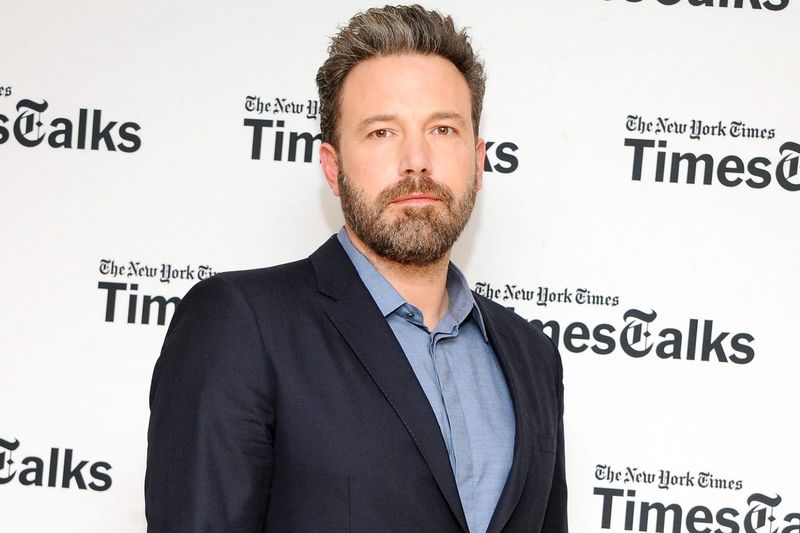
Fame, he’s said, feels precarious—“one errant remark away” from cancellation. That instability exposes how little control actors have over narratives or pay structures. His response wasn’t just speeches; it was infrastructure, co-founding Artists Equity to rewire compensation and risk. The goal is fairer slices for the people doing the work.
He’s weathered the tabloid centrifuge long enough to know how quickly reputations spin. Building a company is a way to slow the machine down, translating complaints into contracts. If power is paperwork, he’s decided to carry a pen. The gesture moves critique from theory to payroll.
It’s a practical idealism that treats equity as logistics, not hashtags. By turning leverage into livelihoods, he reframes success as collective, not individual. And in an industry allergic to permanence, that’s a durable rebellion.
7. Natalie Portman

Her critique is straightforward: movies are still “all about white men.” She’s called out the optics of progress that leave behind real power shifts—especially behind the camera. Tokenism, in her telling, is a costume change, not a plot twist. She argues for structural fixes, not celebratory montages.
Advocacy shows up in choices: producing, mentoring, and backing storytellers who don’t get standard passes. She uses her platform like scaffolding, not a pedestal, elevating voices rather than simply amplifying her own. The method is slow, unfancy, and stubbornly practical. It turns talking points into hiring decisions.
The result is an expanded definition of star work. It’s not just scenes and soundbites; it’s budgets, credits, and gatekeeping keys. By demanding more than optics, she makes glamour answer to governance.
8. Harrison Ford

He swears he never chased rich-and-famous. The flying, the carpentry lore, the stubborn privacy—none of it aligns with modern fandom’s thirst. What he loathes is the publicity grind: the talk shows, junkets, endless promotion that swallows the joy of the job. The man wants to work, not endlessly explain working.
In interviews, he’s dry as kindling, cutting through puffery with one-liners that double as exit signs. The curtness isn’t crankiness; it’s conservation. Energy is rationed for set days and flight plans, not viral moments. Stardom, in his hands, is a reluctant uniform.
That resistance feels refreshing in a world of brand-forward celebrity. He treats mystique like a renewable resource and PR as fossil fuel. Less exposure, more longevity—that’s the Ford doctrine.
9. Brad Pitt
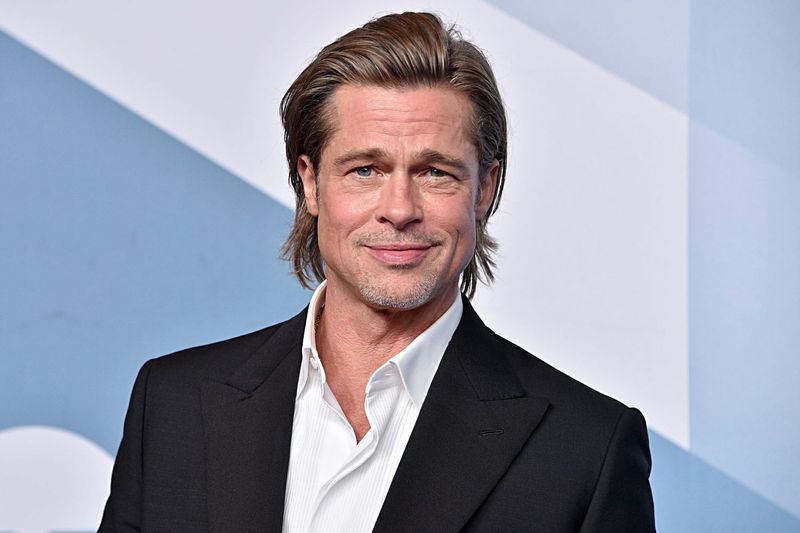
He’s candid about hating the process of making Interview with the Vampire, even if he respected the result. That experience sharpened his skepticism toward bloat—effects-driven spectacles that sub in dollars for ideas. The preference leans toward directors with a heartbeat, not spreadsheets. Commerce matters, but not at the cost of a pulse.
Producing became a solution, giving him a hand in choosing bets with texture. The company slate often favors audacious filmmakers and off-center scripts. Where the market chases certainty, he courts risk that means something. It’s a critique enacted through curation.
The takeaway is simple: artistry needs oxygen. He’s wary of box-office metrics becoming morals, or franchises doubling as shackles. The career arc bends toward meaning over machinery, even when it costs weekends and sleep.
10. Jennifer Lawrence
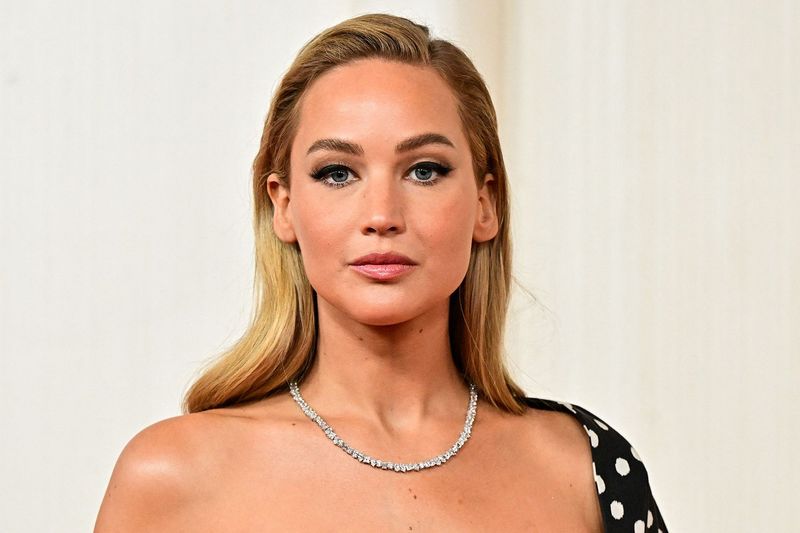
The old “cool girl” persona makes her cringe now. She’s said the press tour carousel steals control from the work, turning an actor into a celebrity product. Interviews become performance about performance, a hall of mirrors with no exit. The craft gets shrunk to soundbites and GIFs.
Pulling back from the treadmill has been a recalibration. Small movies, quieter releases, and strategic silences protect the spark. She’s learning to let the work speak without her constantly translating it. Boundaries double as creative oxygen tanks.
Honesty is the new brand, but without the old compulsion to overshare. She chooses when to step into the spotlight and when to leave it off. That selective visibility rebuilds credibility, one careful appearance at a time.
11. Julia Roberts
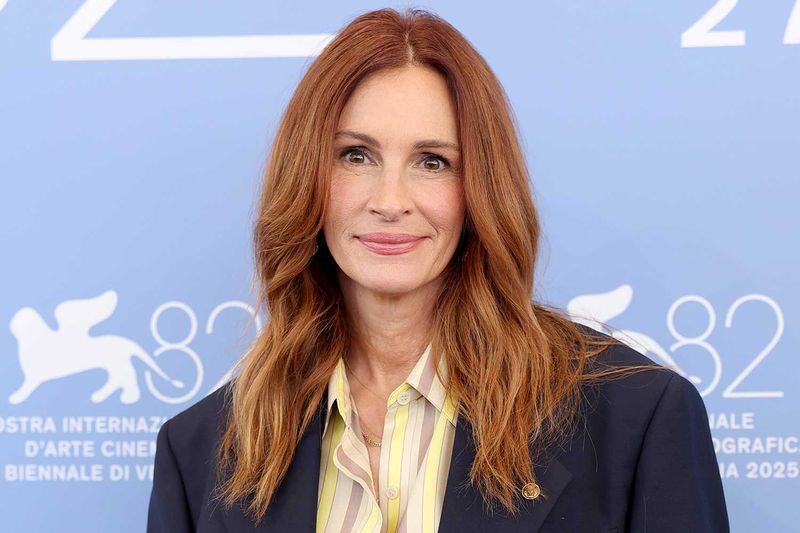
According to her, the business is “so different” now—and not in flattering ways. She likens modern fame to an express elevator that skips the learning floors and drops newcomers into rehab. The pace burns through talent before it has time to season. Grace periods have been replaced by instant verdicts.
That shift worries her as a veteran who remembers trial-and-error without trending topics. The industry’s appetite for speed devours development, both personal and artistic. She argues for patience as a professional virtue, not a luxury. It’s an old-school concept that feels revolutionary online.
What she advocates is longevity culture. Fewer microwaved stars, more slow-cooked careers. If that sounds quaint, it might also be the only sustainable model left.
12. Millie Bobby Brown

Starting in the spotlight at ten came with a microscope she never asked for. She’s said she’s “disgusted” by the beauty standards and scrutiny glued to her changing appearance. The commentary isn’t critique; it’s surveillance dressed as concern. Young women, especially, get reduced to timelines and hemlines.
Her clapbacks aren’t tantrums—they’re boundary setting in real time. Calling out the culture reframes her as agent, not object. She’s learning to own the narrative before algorithms auction it off. That’s survival training in a fame economy.
Beyond statements, she’s diversifying—writing, producing, building brands that don’t require permission. Multiplicity dulls the industry’s leverage. When one lane gets toxic, she’s got detours mapped.
13. Cameron Diaz
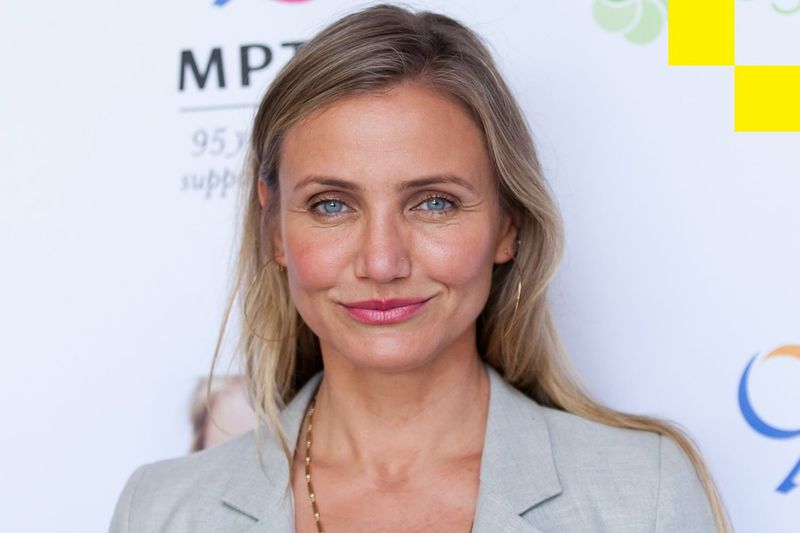
Walking away for a decade wasn’t a stunt; it was a reset to “reclaim [her] own life.” She’s spoken about “layers and layers of inappropriateness” that once passed as normal on sets. Distance turned into clarity, and clarity into different terms for participation. Autonomy became the north star.
Her comeback is calibrated, not compulsory. Projects must respect time, boundaries, and basic human bandwidth. The return reads less like nostalgia than renegotiation—work that fits a life, not the other way around. That’s an adult definition of success.
By articulating why she left, she maps an exit many secretly crave. The message: you can pause the treadmill and still be an athlete. In Hollywood, that’s quietly radical.
14. Daniel Day-Lewis
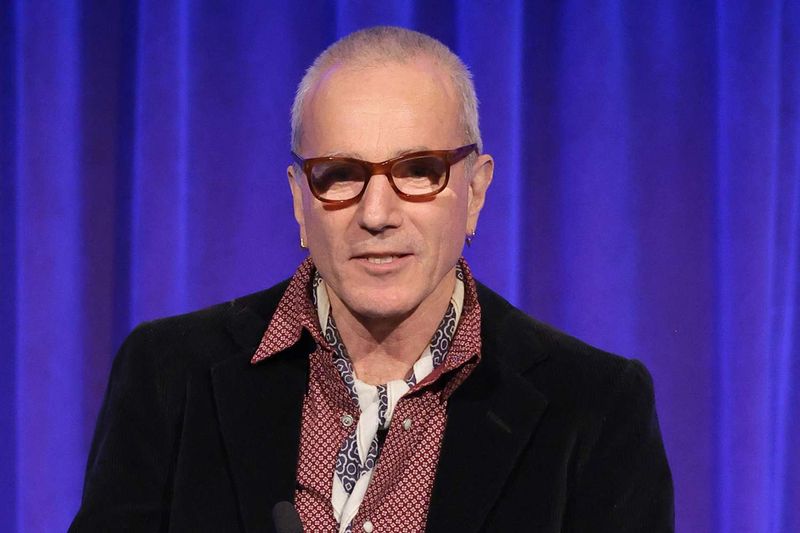
After Phantom Thread, he announced retirement and immediately regretted saying it out loud. The emotional toll of roles, he admits, can be immense, and the film lifestyle around them sits uncomfortably. Sometimes the distance you need shouldn’t be a headline. He wished he’d “kept [his] mouth shut.”
His process, legendary for immersion, extracts a steep human tariff. Bowing out wasn’t spectacle; it was triage. Protecting the private self from the consuming public method became necessary medicine. Silence is part of the cure.
Whether permanent or provisional, the retreat reframes mastery as knowing when to stop. Discipline isn’t only in preparation; it’s in preservation. He chose life over lore, and that might be the bravest role yet.
15. Gene Hackman

Stories about him emphasize the paradox: he loved acting, hated everything else. The grind—early calls, studio meddling, relentless stress—“drove him crazy.” Eventually, he walked into full retirement like it was a calm room after a storm. The decision felt less dramatic than necessary.
His work remains a masterclass in lived-in performances, proof that the set doesn’t need to love you back for you to be great. Yet he refused to let the craft consume what it couldn’t replace. Sanity, it turns out, is a closing credit worth chasing.
Today he’s a reminder that exit is an art form. Knowing when to leave may be the last skill the business teaches—if you’re listening. He listened, and the quiet suits him.

Comments
Loading…